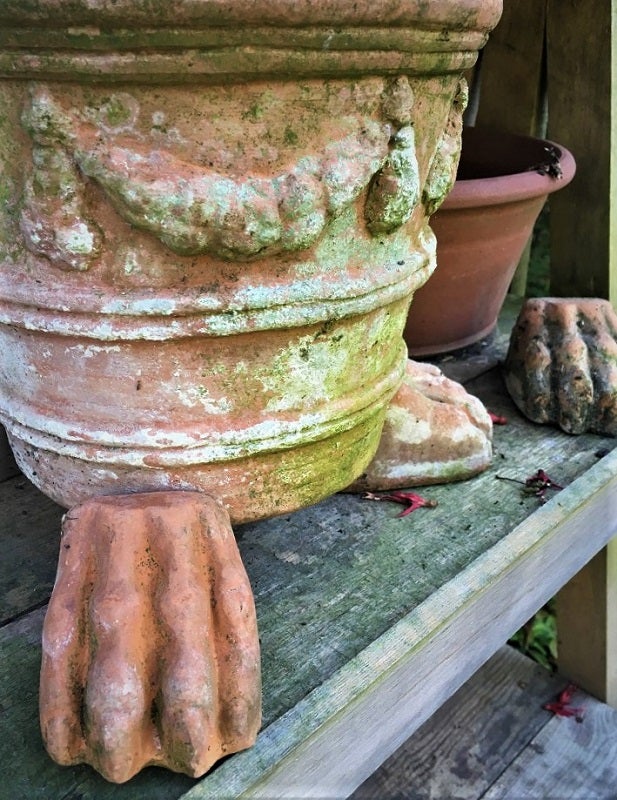WHY TEXAS’ GREAT CATTLE INDUSTRY STARTED IN EAST TEXAS AND WHY THAT AREA WAS A MAJOR PRODUCER OF CATTLE IN GREAT NUMBERS
Published 6:11 pm Sunday, January 24, 2016
The forest lands of East Texas are very different than they were until the late 1800’s. A simple but formally unknown reason was that there were several species of pine trees that are native to East Texas. In earlier days there was white, long leaf, loblolly and field pines. Each of these trees covered the ground in different densities. When the railroads came in the 1880’s, big sawmills were built and the pine forest of East Texas, from the Gulf Coast to the Oklahoma border, were over harvested, while the trains hauled the lumber away.
The Spaniards, who were the first settlers in East Texas, brought literally thousands and thousands of livestock and turned them loose in these pine forests.
The most preferred specie of all was the white pine, so it was the first to disappear. Its unique habitat was that this tree required much space between each plant leaving wide areas for grass to grow. These savannahs of grassland were where the original Spanish livestock flourished. The Spanish word “savannah,” literally means “a treeless, open plane.”
Another preferred pine tree was the Long Leaf Pine. After these virgin trees were gone, scrub brush, other shady trees and lesser grade pines crowded out the grassy areas where early cattle grazed by the thousands.
Today, the cattle ranching in East Texas is making a dramatic comeback simply because land owners are stripping the land of all timber for grass to grow. There is an interesting, new book called “THE FIRST RANCHERS AND RANCHING IN EAST TEXAS UNDER SPAIN AND MEXICO”. This book is about the earliest cattle trails and cowboys who herded them eastward with exciting stories of smugglers and outlaws.
Your comments are always welcome. Please call 575-291-9918. For more early Texas history books go to www.texashistoricalpress.org.





